Available 24/7
Available 24/7
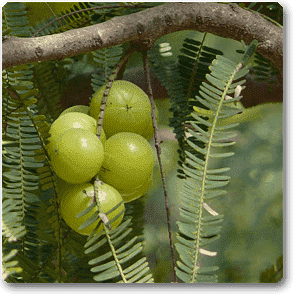 Save 17%
Save 17%
DescriptionImprove immunity of your all family member by growing a nutritious and vitamin rich an amazing Amla plant. Amla is a small to the medium...
View full details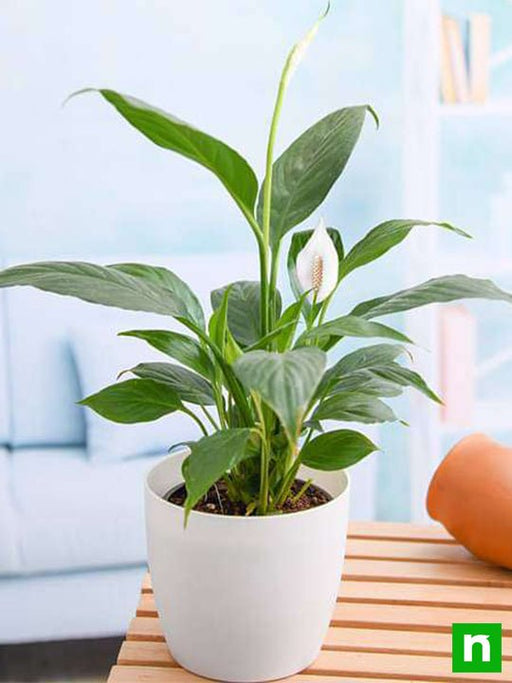
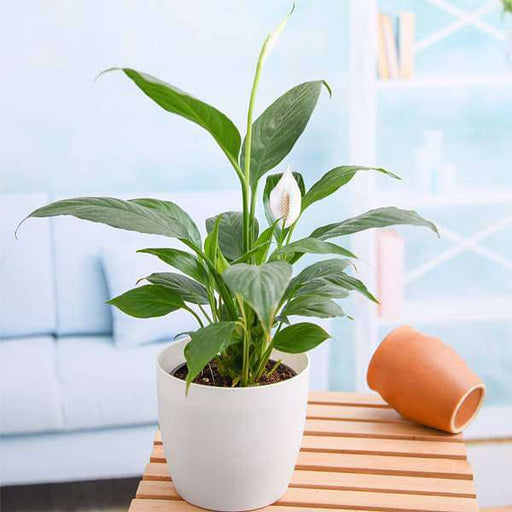 Save up to 15%
Save up to 15%
DescriptionPeace Lily Plant is a very popular and very rare indoor flowering houseplant. It is also an excellent air purifier plant.What makes it s...
View full details
 Save 20%
Save 20%
DescriptionFlowers make intimate connections they increase our connectivity with family and friends. Mogra plant is famously known as Jasmine flowe...
View full details
 Save 14%
Save 14%
DescriptionHave you ever stumbled upon a tree that made you stop and stare?A tree that seemed to possess a beauty so rare that it made you question...
View full details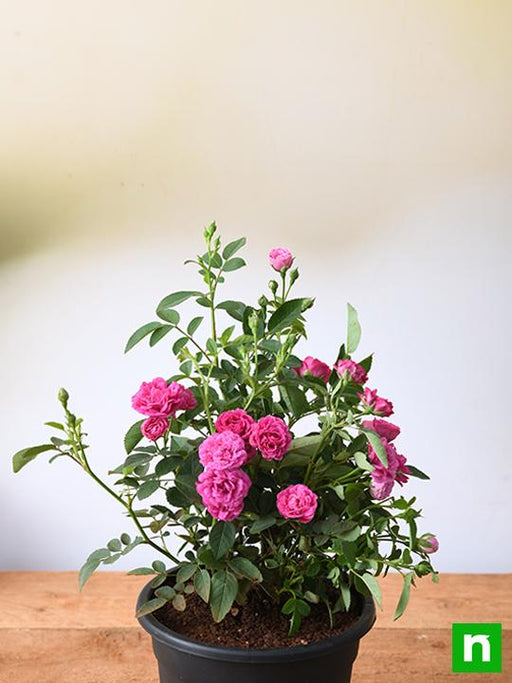
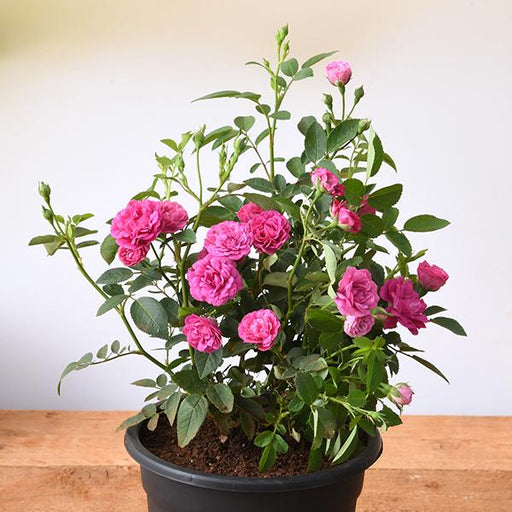 Save 14%
Save 14%
DescriptionButton Rose is a perennial flowering shrub plant. Roses are best ornamental plants.What makes it special: One of the best flowering plan...
View full details Save 20%
Save 20%
DescriptionDamascus roses are known for its distinct fragrance. Enjoy the real and oldest scent of rose. The Damascus rose is a deciduous shrub gr...
View full details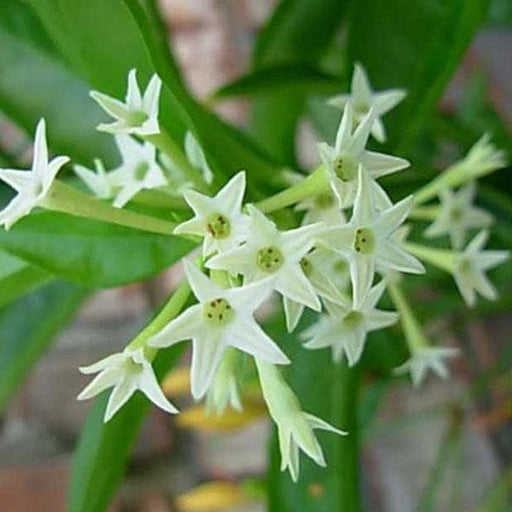
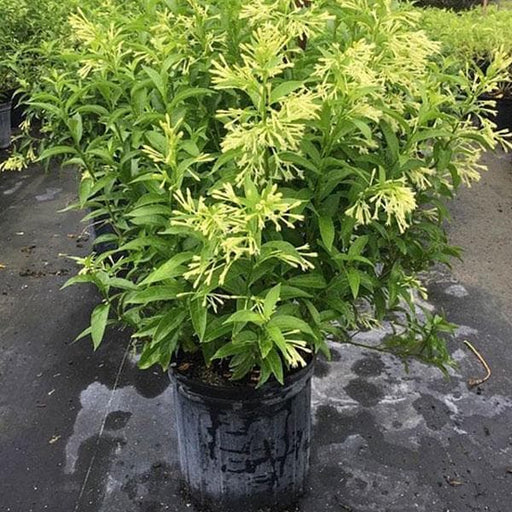 Save 14%
Save 14%
DescriptionFlowers are the best and liveliest source of the good smell So, if you are thinking of growing flowering plants in your garden then you ...
View full details Save 45%
Save 45%
Description Pack of 4 succulents that are very easy to care for. A perfect pack to start growing plants worry-free. About You get 4 succulent plant...
View full details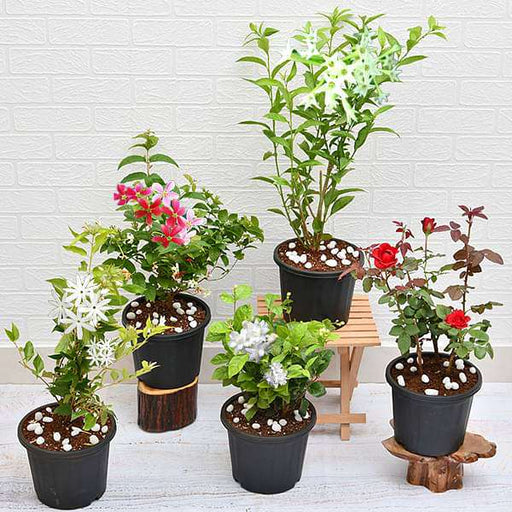 Save 12%
Save 12%
DescriptionAromatic plants bring into a room or house an often overlooked benefit. These plants have a pleasant scent.About You plant a hope when ...
View full details
 Save up to 50%
Save up to 50%
DescriptionIf you long for indoor greenery but have not succeeded with houseplants, consider these beautiful succulents. A perfect pack to start gr...
View full details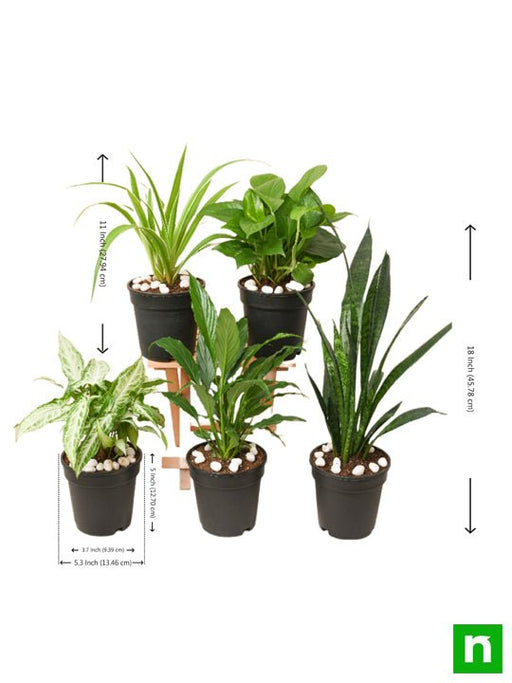
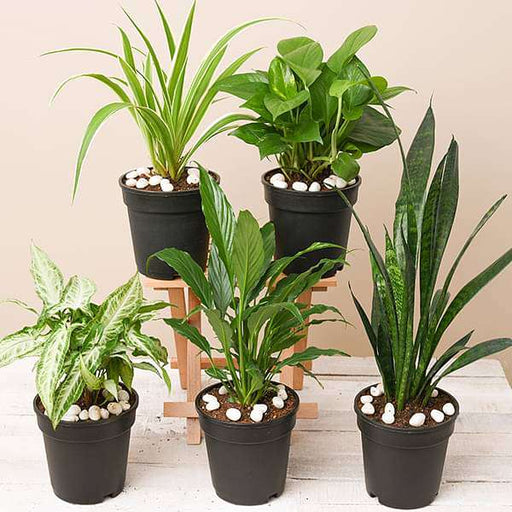 Save 21%
Save 21%
DescriptionThis plants pack contains amazing 5 houseplants + 5 Pots. Surround your home with these best pollution killer plants for a clean and hea...
View full details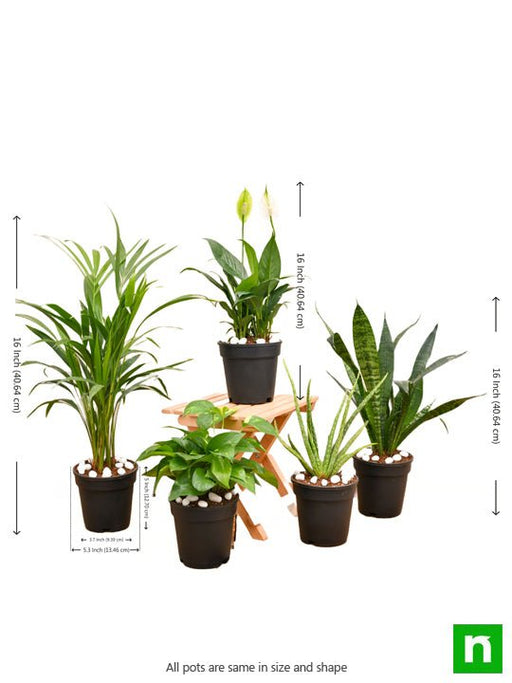
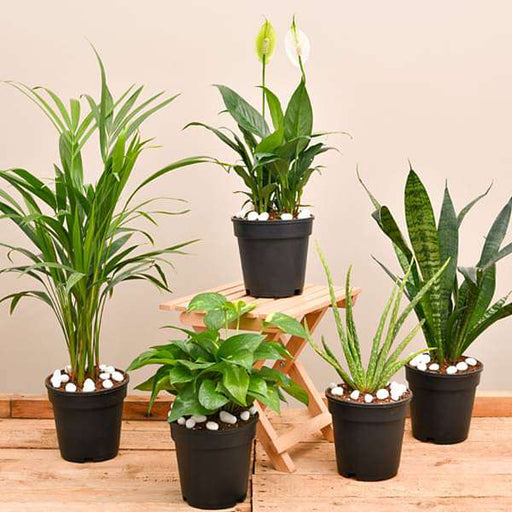 Save 20%
Save 20%
DescriptionIf you or anyone from your family wants to breathe fresh air, cleaner air in their homes, this 5 plants pack purify the air around and r...
View full details
 Save 40%
Save 40%
DescriptionSet of 2 Bonsai Looking Grafted Adenium PlantsAbout You get 2 Bonsai looking hardy grafted Adenium plants in a single pack.Plants are k...
View full details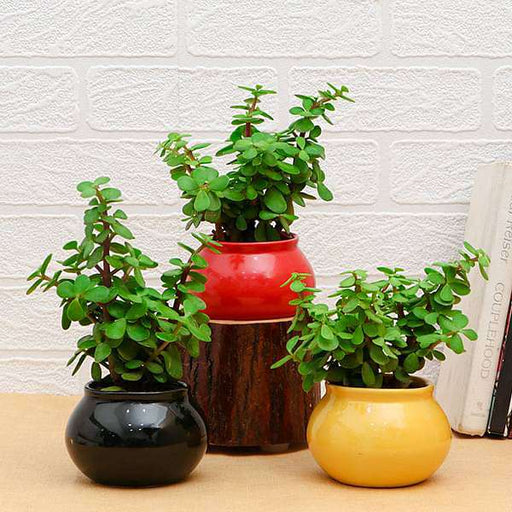 Save 22%
Save 22%
DescriptionThe Jade plant is an extremely popular succulent houseplant with fleshy leaves. According to popular belief, these plants will bring goo...
View full detailsJade Plants are known to bring good luck and fortune to your house. This is why it is seen commonly in houses and even offices. And these plants are quite easy to grow. They fall into the category of hardy plants. Thus, many beginners want to try their luck in gardening with these plants.
About Jade Plants
Below we give you some important tips on how to take care of Jade plants to keep them healthy and strong.
Watering
Jade Plants must be watered adequately. You must never leave them to dry out. But overwatering can also damage the root of these plants and thus it is advised to follow a proper watering routine for these plants. In case you spot any brown dots on the leaves of these plants, then that might be because of overwatering.
Sunlight
Jade Plants thrive in sunlight. Therefore, make sure that they get the full amount of sunlight every day.
Fertilizing
Jade Plants must be fertilized every six months. Use a water-soluble fertilizer for these plants. Also, make sure that whenever you are fertilizing these plants, then the soil should never be dry else it might rot the roots.
Buy Jade Plants from Nursery Live
NurseryLive is the best online nursery for you. This is the millennial age, where having a green corner in your home is not only a luxury but a necessity as well. And with this website, we bring the green corner to your doorstep. You can enjoy a wide selection of plants only at this place. So, order your favourite jade plants and relish them in your home. Don’t forget to share a picture with us.
You must have one jade plant in your home due to its enormous appeal as a houseplant Jade plant benefits are well known They help you clean your indoor air increase humidity and good luck symbol.
Because of their low upkeep and distinct appearance jade plants make great bonsai masterpieces Jade Plant Bonsai can withstand dry soil moderate humidity and light shade Jade trees adapt well to bonsai and can withstand intense pruning.
Jade plants are glossy plants which makes them quite hardy and easy to cultivate indoors Jade plants in indoors with proper care may live for a very long period They make an excellent decorative houseplant because of their thick woody stems and treelike look.
Jade plants for good luck can be planted in your gardens A jade plant is a succulent that has a repute for attracting money In Asia the Jade Plant is supposed to generate financial spirits and is a popular good luck charm The vivid green leaves of this lovely succulent plant represent growth and rejuvenation.
Jade plants propagation is very easy.
Many users love propagating jade plants at home since they are lowmaintenance and attractive.
Many people are unaware that growing a jade plant from a stem or leaf cutting is nearly as simple as caring for an existing jade plant.
Jade plant repotting should be done whenever required To foster growth repot immature jade plants every 2 to 3 years Repot older jade once every 4 or 5 years or as needed.
Jade plants are known for their low maintenance requirements, making them a popular choice for indoor and outdoor gardening enthusiasts. To care for your jade plant, make sure it receives bright, indirect sunlight and water it when the soil feels dry.
Jade plants are a type of succulent and are part of the Crassula genus. There are over 1,400 species of Crassula, including the popular Jade plant (Crassula ovata). Some other popular varieties include Crassula Arborescens, Crassula Ovata 'Gollum', and Crassula Ovata 'Hobbit'.
Jade plants prefer well-draining soil that is rich in organic matter. A mixture of cactus soil and perlite is ideal for these plants.
Pruning jade plants can help maintain their shape and promote healthy growth. Use sharp, clean pruning shears to remove any dead or damaged leaves and stems.
While jade plants are generally easy to care for, they can be susceptible to pests such as spider mites and mealybugs. Regularly inspect your plant for signs of infestation and treat promptly if necessary.
Jade plants do not require much fertilizer, but can benefit from occasional feeding during the growing season. Use a balanced fertilizer every 2-3 months to promote healthy growth.
Propagating jade plants can be done through stem cuttings or leaf cuttings. Stem cuttings should be taken from a healthy plant and rooted in soil or water. Leaf cuttings should be placed in soil and misted frequently until roots form.
Jade plants prefer bright, indirect light. Avoid placing them in direct sunlight, as this can burn their leaves.
Jade plants do not require high humidity levels and can tolerate dry conditions.
Jade plants prefer temperatures between 65-75°F (18-24°C). Avoid placing them near cold drafts or hot air vents.
Jade plants are toxic to pets and humans if ingested. Keep them out of reach of pets and children.
Jade plants are known for their vibrant green leaves, which can sometimes have a red tinge. However, there are some varieties that have variegated leaves, such as Crassula Ovata 'Tricolor'.
Jade plants are native to South Africa and Mozambique.
Jade plants can range in size from small tabletop plants to large floor plants. Choose a size that fits your space and needs.
Jade plants prefer to be on the dry side and can be susceptible to root rot if overwatered. Water sparingly when the soil feels dry and avoid letting the plant sit in standing water.
Jade plants can produce small, pink or white flowers in the right conditions. However, they are primarily grown for their attractive foliage.
Jade plants typically have smooth, glossy leaves, but some varieties can have crinkled or wrinkled leaves, such as Crassula Ovata 'ET's Fingers'.
Pruning can also be used as a method of propagation for jade plants. By taking stem cuttings and rooting them in soil or water, you can create new plants and expand your collection.
Jade plants should be repotted every 1-2 years to provide fresh soil and room for growth. Choose a pot that is slightly larger than the current one and fill with fresh potting mix.
Jade plants are often associated with good luck, prosperity, and fortune. In Chinese culture, they are believed to bring financial success and are often given as gifts during the New Year or other special occasions.
Jade plants are a popular indoor and outdoor plant that are known for their thick, succulent leaves and tree-like appearance.
There are several types of Jade plants, including Crassula ovata, Crassula argentea, and Crassula portulacea.
Jade plants require well-draining soil, regular watering, and a good fertilizer to thrive. They should be planted in a spot that receives bright and direct sunlight.
Jade plants can be planted any time of the year in India, as they are primarily grown indoors.
Jade plants require infrequent watering, as they are drought-tolerant. Water them deeply once every two weeks, depending on the weather conditions.
You can use a balanced, all-purpose fertilizer to feed your Jade plants. Apply it every two weeks during the growing season.
Yes, Jade plants can grow in low light conditions, but they prefer bright and indirect sunlight.
Prune your Jade plants regularly by removing any dead or damaged leaves and stems.
Jade plants can be propagated through stem cuttings or division. Cuttings should be planted in well-draining soil and kept moist until they root.
To prevent pests and diseases on your Jade plants, make sure to keep the soil moist but not waterlogged, and avoid overcrowding the plants. Use organic pesticides if necessary.
Jade plants can live for several years if provided with proper care and maintenance.
Jade plants can be kept indoors year-round in India, as they prefer warm and humid conditions.
Yes, Jade plants can tolerate shade, but they prefer bright and indirect sunlight.
Jade plant cuttings should be planted in well-draining soil and kept moist until they root. They can then be transplanted into their permanent pot or garden bed.
Yes, Jade plants can grow outdoors in India, as long as the climate is warm and humid.
To control pests on your Jade plants, use organic pesticides and insecticidal soap. You can also manually remove any pests you see on the plant.
Yellowing leaves on Jade plants can be a sign of overwatering or nutrient deficiencies. Check the soil moisture levels and fertilize the plant as needed.
Wilting Jade plants can be revived by watering them deeply and placing them in a shaded area for a few hours. If the problem persists, check the soil moisture levels and adjust your watering schedule.
Jade plants require low to moderate humidity to thrive. You can increase humidity levels by placing a tray of water near the plant or by misting the plant with water.
Yes, Jade plants can be grown in containers, as long as the container has good drainage and is filled with well-draining soil.
Leaf drop on Jade plants can be a sign of overwatering, low humidity, or a nutrient deficiency. Adjust your watering and fertilizing schedule and increase humidity levels as needed.
When choosing a Jade plant, consider the size and shape of the plant, and make sure it is healthy and free from pests or diseases. Additionally, choose a spot in your home that receives bright and indirect sunlight.
To protect your Jade plants from pests like spider mites and mealybugs, use insecticidal soap or neem oil. You can also manually remove them with a damp cloth or cotton swab.
To prevent root rot in your Jade plants, make sure to provide them with well-draining soil and avoid overwatering them.
Transplant your Jade plants by carefully removing them from their current pot or garden bed and replanting them in a larger container or garden bed with fresh soil.
Make your Jade plants bushier by pruning them regularly and providing them with adequate nutrition and water.
Inspect your Jade plants for pests or signs of disease before bringing them home, and make sure to purchase them from a reputable nursery or garden center.
To ensure your Jade plants are not overwatered, allow the soil to dry out slightly between watering, and avoid waterlogging the plant.
Yes, Jade plants have air-purifying properties and can help remove toxins from the air. They are particularly effective at removing formaldehyde and benzene.
To ensure your Jade plants maintain their color, make sure they are receiving adequate sunlight and nutrition. Additionally, avoid overwatering the plant, as this can lead to nutrient deficiencies and discoloration.